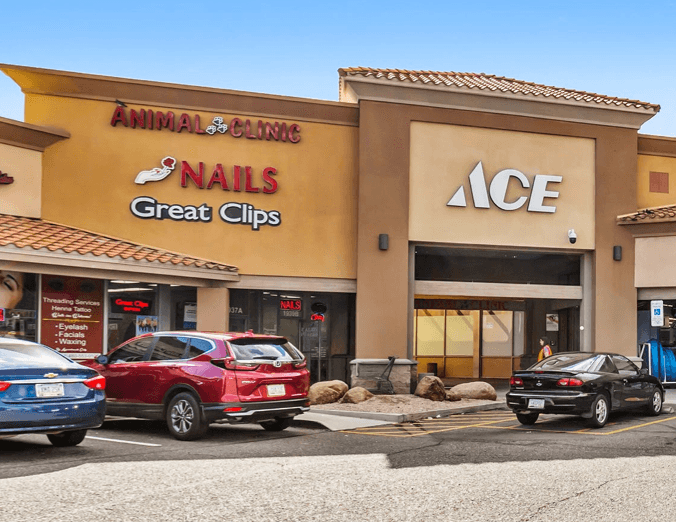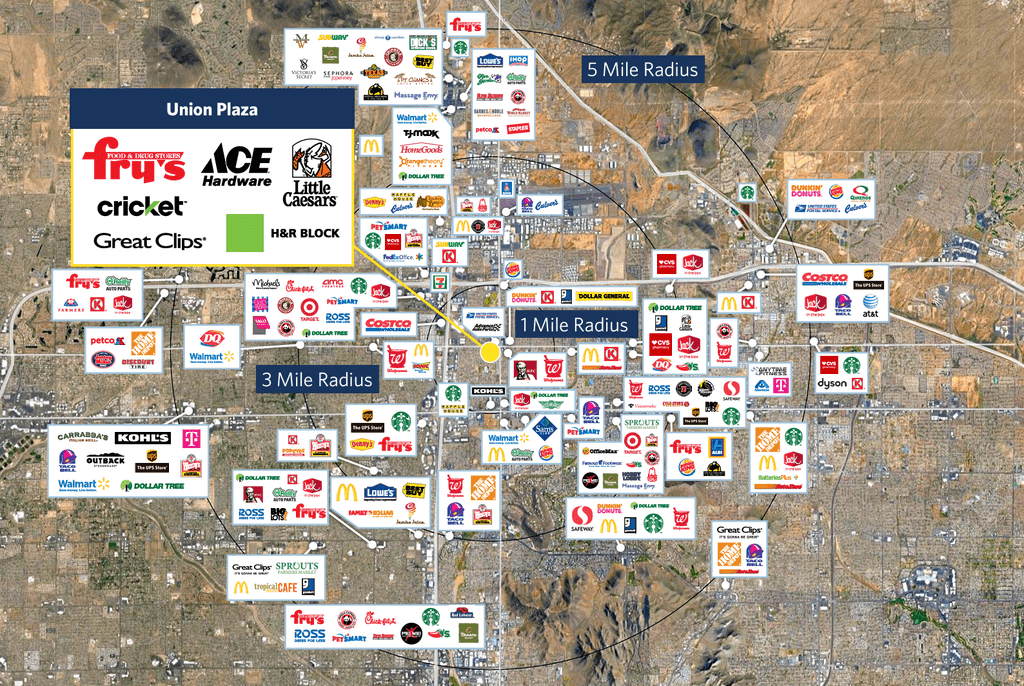The Denver Deal
PARTNER: MICHAEL FOLEY
During a previous economic downturn, Michael Foley and his colleagues at Goldberg Property Associates were hired by a client who had purchased a $100M package of non-performing loans and REOs known as the “The Denver Deal”. The 23 assets in the package included office buildings, shopping centers, apartments, and industrial flex space, all in the Denver, Colorado MSA. The aggregate face value of the loans was approximately $100M. The client, who was not from Denver, had purchased the package for $25M, an amount significantly higher than the next closest bidder, a Denver native. Intensive asset by asset remediation, repositioning, refinancing, and re-sale of less desirable assets resulting in the client receiving 100% of their equity back while still owning approximately a 1/3 of the original portfolio.
The workout proceeded as follows:
Physical inspections cataloged deferred maintenance, necessary or desired capital improvements, potential code violations and other anomalies. Phase I’s were conducted when environmental concerns were identified.
Conditions in the properties included squatters, tenants living in retail spaces, stores so full of junk and non-salable merchandise there were no paths of egress through the space, drug dealing and a large-scale illegal VHS tape pirating operation in the back of a grocery store.
Roofs leaked, parking lots were potholed, building walls had heaved from expansive soils, HVAC units had been cannibalized, and some of the retail spaces had not been completed, lacking floor slabs and plumbing.
Occupancy was well below 50% in many of the properties.
Back-to-back meetings were scheduled, at our designated location, with each of the borrowers. Our client was a seasoned real estate investor and participated in all these meetings.
Borrowers were given the opportunity to put forth a plan to bring their loans current or hand over the keys.
Some loans were restructured and salvaged. Many were negotiated deed-in-lieu transactions. The balance of loans were put into foreclosure, with us acting as the receiver.
Budgets were prepared for each property to correct the identified issues.
Where warranted, lobbies and common areas would be remodeled, parking lots resurfaced, roofs replaced, building facias reworked, and unhabitable units brought back online.
Work was performed with an eye towards conserving cash and cash-flowed whenever possible. Small, local contractors who provided preferred pricing in exchange for a steady stream of work were favored.
Deals were cut to salvage worthwhile commercial tenants; undesirable tenants were cut loose and dozens of leads for new tenants were generated in the process.
The economic recession meant new commercial tenants were scarce. A massive guerrilla leasing campaign was initiated that succeeded in large part by relocating neighboring tenants to our properties.
We distinguished ourselves as an attentive landlord and manager that was fair with tenants, took care of its properties and had reasonable and transparent CAMs.
In retail properties, where foot traffic was essential, we initiated marketing and activation programs that had previously not existed for these mostly B & C grade shopping centers.
Assets were reviewed regularly with an eye towards maximizing exit proceeds through refinancing, asset sale, or both.
The definitive milestone in the workout process was realized when the initial $25M invested was returned to the investor with over one third of the original properties still in their possession, many owned outright. Marginal assets had been monetized at values higher than anticipated and the assets identified as “most desirable” had been retained and were cash-flowing. With the market knowledge acquired during the workout process, the client went on to expand their portfolio in the Denver market with additional acquisitions we facilitated.




